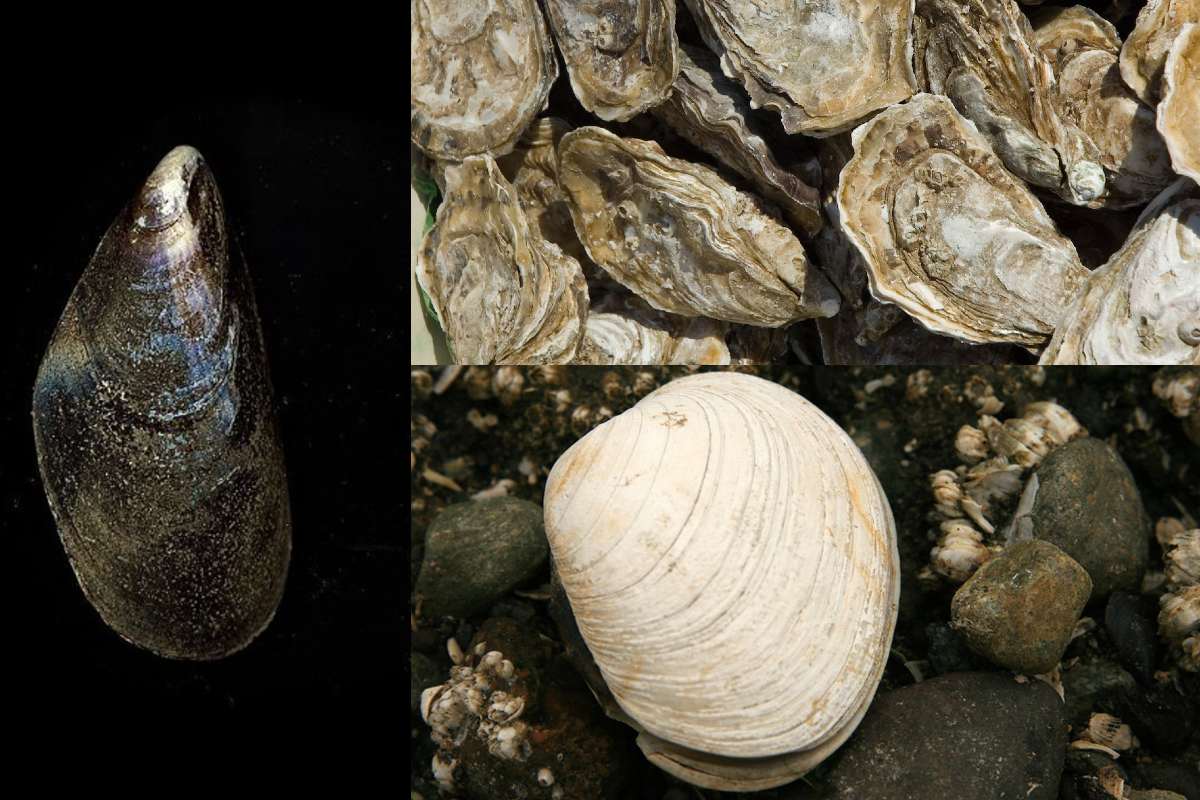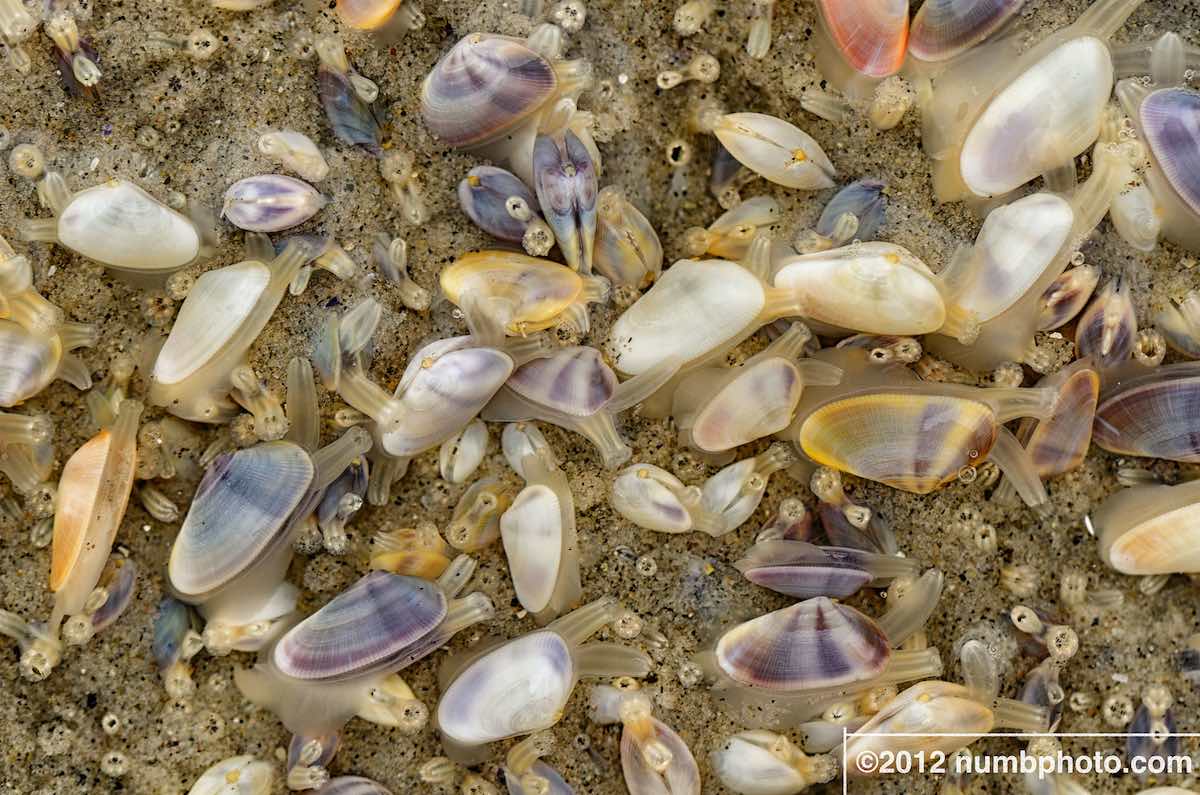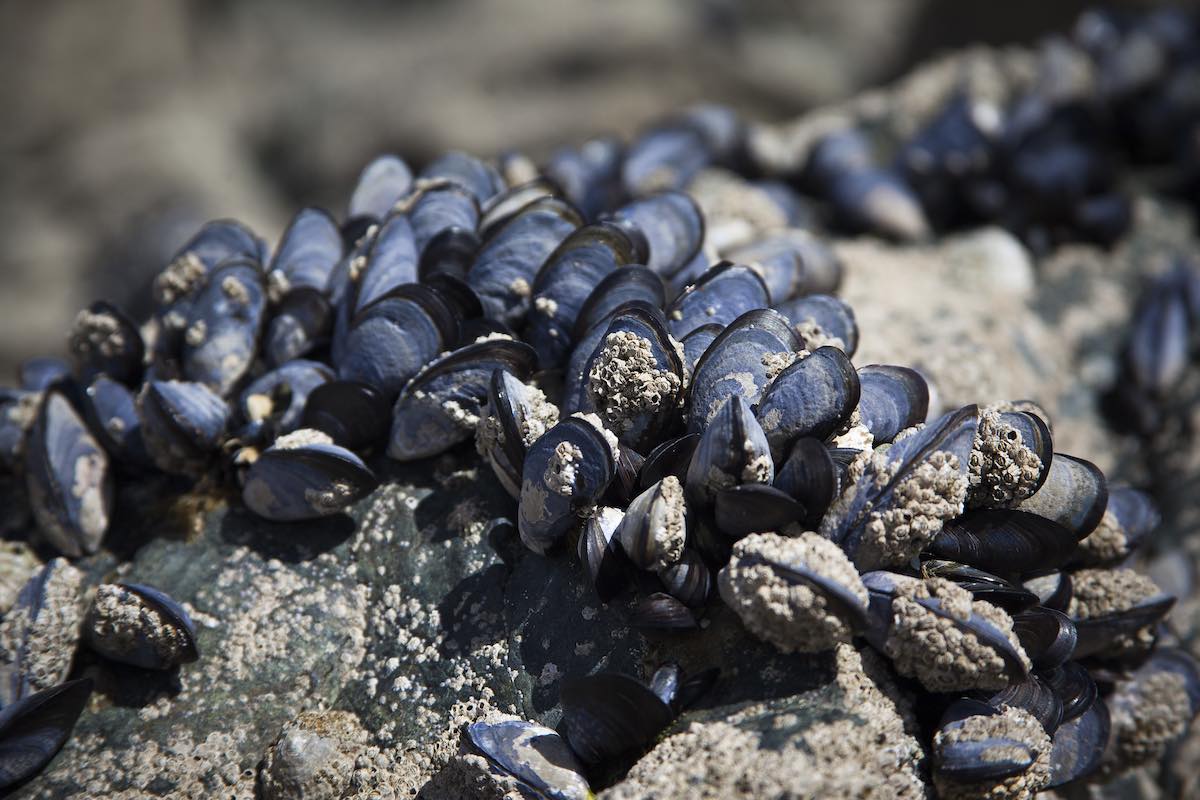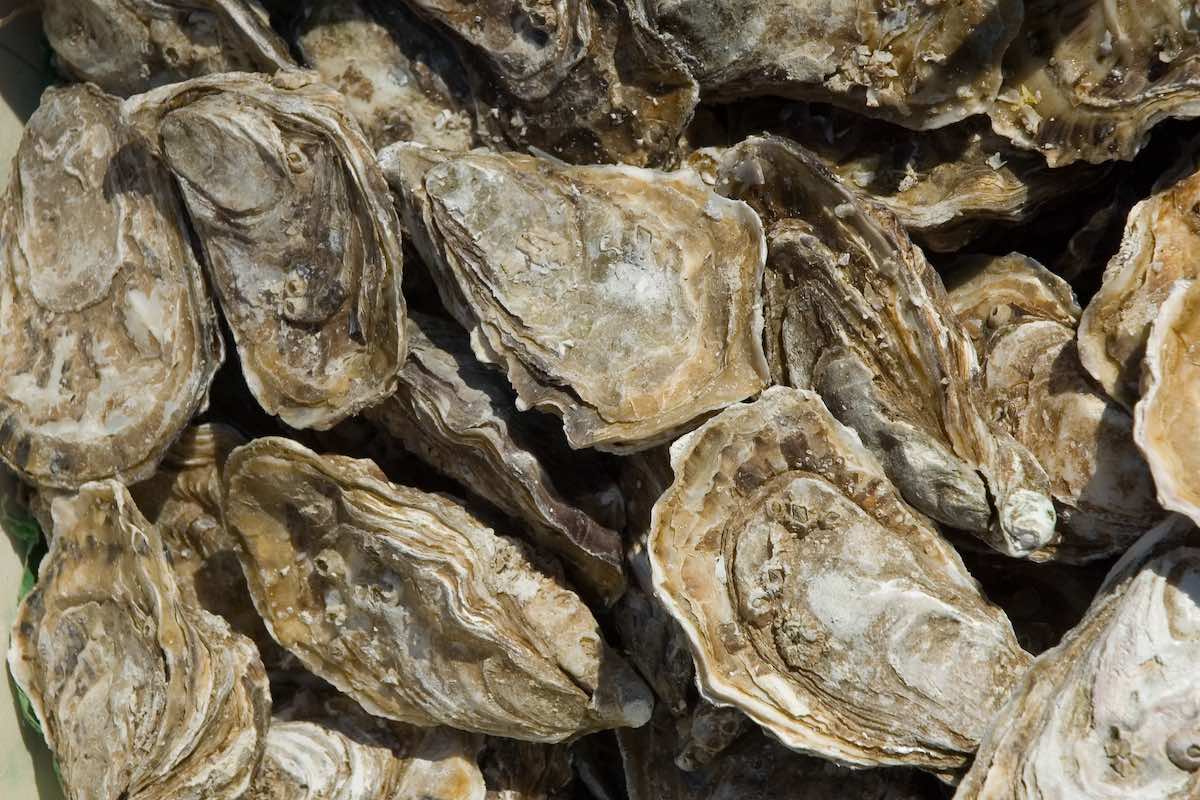What’s the Difference Between Clams, Mussels and Oysters?
They’re shelled. They’re delicious. They’re different.

Clams, oysters and mussels are all seafood staples, but how much do you know about the differences between these shelled critters? Today we’re diving into what these shellfish have in common, and what sets them apart.
First things first: How are they similar?
Clams, oysters, mussels and scallops are all mollusks, meaning they are members of the invertebrate phylum Mollusca. Their cousins within the phylum include gastropods, like snails and slugs, and cephalopods, like octopuses and squid. Of all the mollusks, gastropods are the largest group with more than 60,000 known species. In second place comes the bivalves, where we find clams, oysters and mussels.
The name “bivalve” comes from their two-part shells connected by a hinge in the back. There are more than 10,000 described species of bivalves found in freshwater and saltwater environments around the world, with 80% found in marine habitats. They pump water through their gills to breathe and eat—they’re filter feeders, meaning they filter out small bits of food from the water around them. Clams can filter up to 24 gallons of water a day, and oysters can filter up to 50!
Never Miss An Update
Sign up for Ocean Conservancy text messages today.
Bivalves make their own shells of calcium carbonate, which get larger as they grow. Unfortunately, they are all also affected by ocean acidification, which is when carbon pollution is absorbed by the ocean and the ocean becomes more acidic. Acidification makes it harder for oysters, clams and other animals to build their shells.
It’s clear they have plenty in common, but what about what sets them apart?

Looks
Fortunately, these three shellfish are pretty easy to tell apart by looks alone. Clams have stout, oval-shaped shells where both halves are the same size. Their shells tend to be a light tan, brown or white color (but the inside, or the mantle, can be very colorful—look up the maxima clam [Tridacna maxima] to see for yourself!) Mussels have darker blue or black shells that are more oblong in shape and can have an iridescent sheen to them. Oyster shells have a rougher texture than mussel shells and can be brown, white or gray. Oyster shells are a little more irregular in shape, too, especially when compared to clams or mussels.

Habitat
Since bivalves rely on filter-feeding, you’ll find all three of these critters in aquatic habitats. Species of bivalves are found all over the world, from the shallows to the deep and the tropics to the Arctic.
Both clams and mussels can be in fresh or saltwater, but you’ll find oysters only in salt or brackish habitats. Clams have a foot that helps them burrow into the soft sediment, and you’ll most likely find them hiding in the mud or sand. One of the more well-known clams is the coquina clam: these tiny clams live in sandy beaches around the world and will quickly burrow into the sand after each wave (or kid’s sand shovel) disturbs them.
Oysters and mussels tend to stay put more than clams. Mussels secrete thin fibers called byssal threads that allow them to stick to rocks or other mussels. Oysters also stay in one place as adults and are often found attached to other oysters in big oyster reefs.

Impact
All three species are beloved by seafood eaters around the world and are an important part of the environment and the economy. NOAA estimates the economic value of commercially-harvested bivalve mollusks is about $1 billion annually in the United States, including wild-caught and farmed mollusks. In 2012, the total U.S. oyster harvest was worth $155 million, with 3,200 oyster growers in the Pacific Northwest alone—and that doesn’t even include the jobs and income associated with wholesale, processing and retail, which greatly multiply the total impact of American fishing and shellfish farming.
Can’t get enough bivalves? Check out our fact sheets for oysters, mussels and scallops.